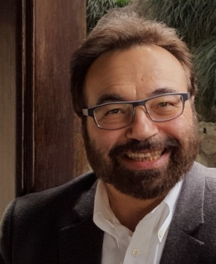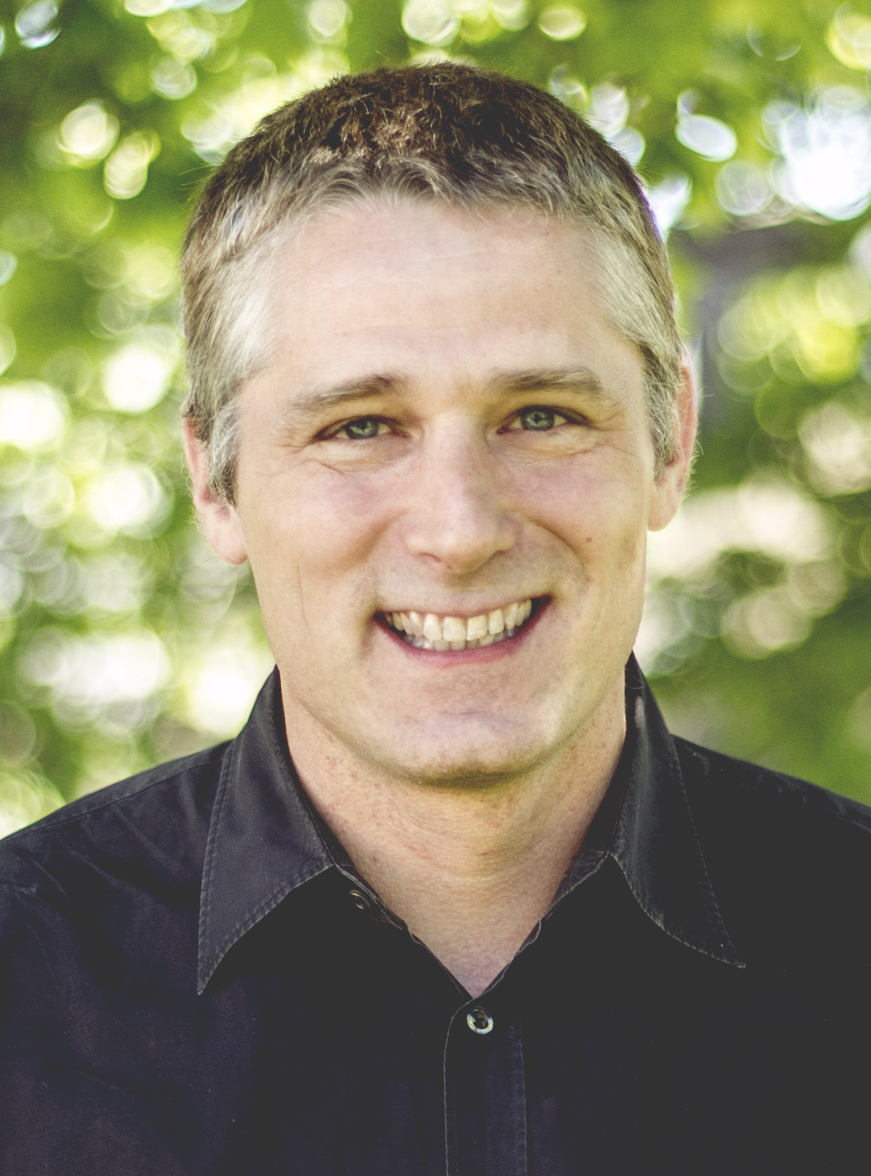First International Balkan Conference on Communications and Networking
Tirana, Albania, May 30-June 2, 2017
First International Balkan Conference on Communications and Networking
Tirana, Albania, May 30-June 2, 2017
Engaging the Balkan Region through Communication and Networking
Endorsed by the Minister of Innovation and the Academy of Sciences of Albania
Keynote Speakers
 |
Georgios B. Giannakis ADC Chair in Wireless Telecommunications and McKnight Presidential Chair in ECE |
Adaptive Sketching and Validation for Learning from Big Data
Time: Wednesday, May 31, 2017 - 9:00 - 10:30
Location: Xheko Imperial Hotel
Abstract
We live in an era of data deluge. Pervasive sensors collect massive amounts of information on every bit of our lives, churning out enormous streams of raw data in various formats. Mining information from unprecedented volumes of data promises to limit the spread of epidemics and diseases, identify trends in financial markets, learn the dynamics of emergent social-computational systems, and also protect critical infrastructure including the smart grid and the Internet's backbone network. While Big Data can be definitely perceived as a big blessing, big challenges also arise with large-scale datasets. This talk will put forth novel algorithms and present analysis of their performance in extracting computationally affordable yet informative subsets of massive datasets. Extraction will effected through innovative tools, namely adaptive censoring, random subset sampling (a.k.a. sketching), and validation. The impact of these tools will be demonstrated in machine learning tasks as fundamental as (non)linear regression, classification, and clustering of high-dimensional, large-scale, and dynamic datasets.
 |
Gerhard Kramer Alexander von Humboldt Professor and Chair for Communications Engineering |
Spectral Broadening and Receiver Power for Dispersion-Free Fiber Channels
Time: Thursday, June 1, 2017 - 9:30 - 11:00
Location: Xheko Imperial Hotel
Abstract
Information theory is developed for certain dispersion-free fiber channels with distributed amplification by deriving bounds on the spectral broadening and receiver power. It is shown that there is a launch power beyond which distributed amplification is no longer possible and the model loses practical relevance. Nevertheless, for the mathematical model an upper bound on capacity is developed that establishes the presence of a nonlinear Shannon limit, i.e., a decrease in capacity with increasing launch power. The theory supports experimental evidence suggesting the presence of such a limit under certain practical device and amplifier requirements.
 |
Alexander Proutiere Professor, Automatic Control Department |
Resource Allocation in Wireless Networks: A Learning Perspective
Time: Friday, June 2, 2017 - 9:00 - 10:30
Location: Xheko Imperial Hotel
Abstract
The throughput experienced on a given link in radio communication networks depends on the channel conditions between the corresponding transmitter and receiver and is affected by the interference generated by the transmitters of other links. Transmitters should be able to select the various variables defining their transmissions (coding rate, pre-coding vectors, power, frequency bands, schedule, ...) to optimally adapt to the link conditions, and to mitigate interference and in turn fairly and efficiently allocate radio resources in the network. In this talk, we show on learning techniques may address these issues. More precisely, we formulate the radio resource allocation problem as an online learning problem, and devise efficient algorithms to solve it. Our framework is particularly appropriate in networks where the feedback and information available at the transmitters are limited (e.g. when the channel state conditions are not known exactly, and when transmitters are not necessarily aware of the other transmitters they share resources with). We illustrate our results on three specific concrete examples: (i) rate and MIMO mode selection in 802.11 systems, (ii) distributed scheduling / power control in networks under the SINR interference model, and (iii) distributed frequency band selection in multi-carrier networks.
Conference Series
You are visitor:
since November 10, 2016.